#Carnivora
Text

European Pine Marten
108 notes
·
View notes
Text

An Arctic wolf (Canis lupus arctos) shakes off in a duckweed covered pond in Northern Canada
by Daniel Parent
#arctic wolf#grey wolf#wolves#canines#canis lupus#canis#canidae#carnivora#mammalia#chordata#wildlife: canada#wildlife: north america
93 notes
·
View notes
Text




Leopard seals are pagophilic mammals, meaning they prefer to live on or near sea ice and depend on it for many activities and functions.
©
5K notes
·
View notes
Text
Uncharismatic Fact of the Day
The Arabian wolf is one of the smallest subspecies of wolf; in addition to its diminutive size, one of their most unique features is that the pads of its middle two toes are partially fused together, giving them a distinctive paw print!
This species was once widespread throughout the Arabian Peninsula, but is now only found in Yemen, Oman, and Southern Palestine and Israel.

(Image: An Arabian wolf (Canis lupis arabs) by Ananders Wiig Nielsen via iNaturalist)
If you send me proof that you’ve made a donation to UNRWA or another organization benefiting Palestinians, I’ll make art of any animal of your choosing.
Remember, the donation can be in any amount– every dollar counts!
#Arabian wolf#Carnivora#Canidae#wolves#canines#carnivores#mammals#uncharismatic facts#free palestine
181 notes
·
View notes
Text

A Lion Cub at the London Zoo.
Source: Photograph by F.W. Bond in E.G. Boulenger's Animal Ways (London: Ward, Lock & Co., Limited, 1931).
150 notes
·
View notes
Photo
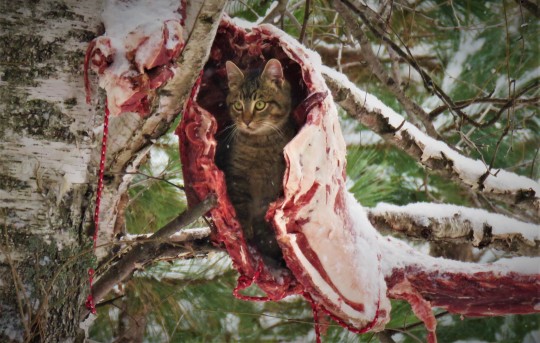
Domestic Cat
Felis catus
Hubbard County, Minnesota, USA
47.13902, -94.764617
by gori88lla
"Deer shot with copper ammo. I was hoping first mammal this winter would be a Mustalid sp."
#cats#domestic cat#carcass#felis catus#inaturalist#carnivora#felidae#i feel like there's an appropriate tag or phrase for this but i can't think of it#m#minnesota#deer#gore#forest
511 notes
·
View notes
Text

african wild dog 😎
#african hunting dog#african wild dog#dog#canines#canids#wolves#coyotes#foxes#canidae#carnivora#furry art#furry#furry oc#oc#original character#character art#biology#science#wildlife#animals#animal art#carnivore#my art#illustration#drawing#digital art
1K notes
·
View notes
Text

Spencer Wright, 2009
51 notes
·
View notes
Text

Kit Fox (Vulpes macrotis)
Family: Dog Family (Canidae)
IUCN Conservation Status: Least Concern
A small species of fox native to warm, arid regions of northern Mexico and the southwestern USA, the Kit Fox has independently developed many characteristics also seen in its more famous desert-dwelling relative, the Fennec Fox; its body is small and slender to reduce heat retention, its ears are large and flattened (though not as disproportionally massive as the ears of Fennec Foxes) to increase heat loss through its extremities, and its feet are wide to help distribute its weight while walking on uneven sandy ground, with a light covering of fur on its paw pads to prevent them from being burned when exposed to hot rocks or sand. Like many desert-dwelling mammals Kit Foxes spend much of the day underground (either in burrows of their own creation or in the abandoned burrows of other animals such as American Badgers) and emerge at night (or occasionally early on cool mornings) to search for food, feeding primarily on small rodents but also targeting hares, lizards, insects, carrion and small amounts of fruit. Adult Kit Foxes generally live in pairs, mating once a year and working together to protect and provide for their young, which are born in litters of 4-5 and remain in or near their parents' burrow for much of their early lives, accompanying their parents on foraging trips once around 4 months old and becoming independent 1-2 months later.
--------------------------------------------------------------------------Image Source: https://www.inaturalist.org/taxa/42070-Vulpes-macrotis
#Kit Fox#kit fox#zoology#biology#mammalogy#animal#animals#mammal#mammals#fox#foxes#dog#dogs#canid#canids#canidae#carnivores#carnivore#carnivora#wildlife#North American wildlife#desert wildlife
29 notes
·
View notes
Photo

Black Bear
1K notes
·
View notes
Text

A pair of polar bears (Ursus maritimus) in Manitoba, Canada.
by Sean Crane
#polar bear#bears#ursus maritimus#ursus#ursidae#carnivora#mammalia#chordata#wildlife: canada#wildlife: north america
11K notes
·
View notes
Photo

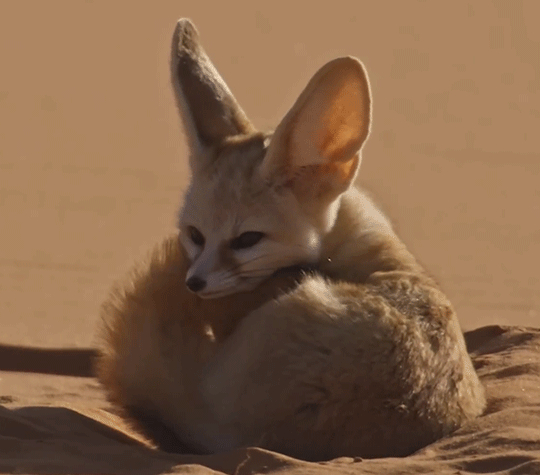
The Sahara can reach temperatures of over 100°F, but the fennec fox’s ears act like an air conditioning system by cooling the blood in a network of veins.
BBC Earth
27K notes
·
View notes
Text
Uncharismatic Fact of the Day
Most foxes spend their lives on the ground, but Blanford's fox is a remarkable exception. First discovered in Palestine in 1983, Vulpes cana spends almost all its time climbing steep cliffs. To navigate this terrain, this small fox (only 38.5 to 80 cm (15.2 to 31.5 in) long) can leap over 3 m (9.8 ft) high!
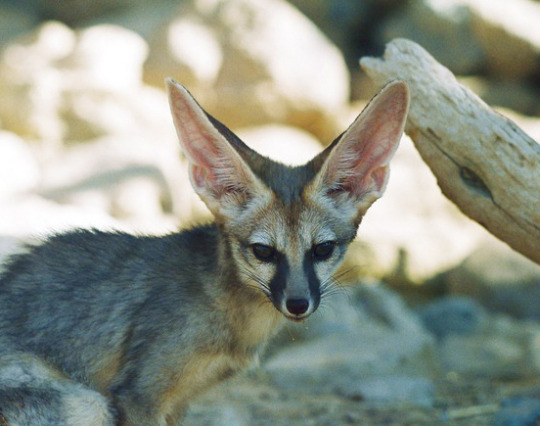
(Image: A Blanford's fox (Vulpes cana) by David Blank)
If you send me proof that you’ve made a donation to UNRWA or another organization benefiting Palestinians, I’ll make art of any animal of your choosing.
Remember, the donation can be in any amount– every dollar counts!
#Blanford's fox#Carnivora#Canidae#true foxes#foxes#canines#carnivores#mammals#uncharismatic facts#free palestine
187 notes
·
View notes
Text
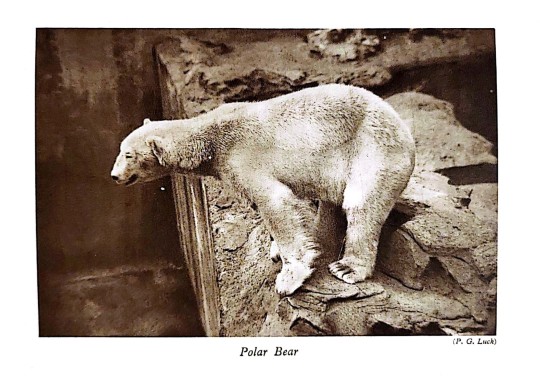
Polar bear at the London Zoo.
Note: The London Zoo had two famous polar bears over the beginning of the 20th century. Their names were Sam and Barbara. Although they bred many times, no offspring survived.
Source: Photograph by P.G. Luck in E.G. Boulenger's Animal Ways (London: Ward, Lock & Co., Limited, 1931).
35 notes
·
View notes
Text

#carnegie museum of natural history#carnivora#canidae#mesocyon#from annals of the carnegie 1903-1904#bones#skull#illustration#paleontology#collection
11 notes
·
View notes
Text
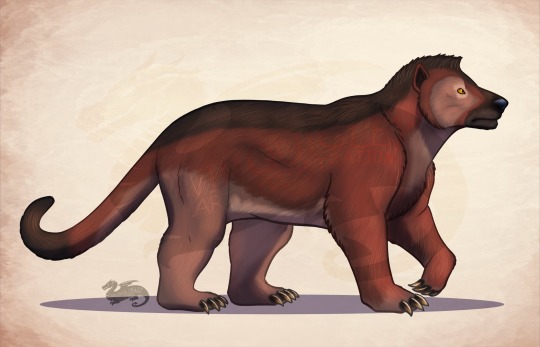
Paleovember 2023, Amphicyon!
Coming from the Miocene, the members of this genus and it's family are colloquially referred to as 'bear-dogs' due to possessing traits similar to both bears and dogs, whom they were related but not ancestral to. This was a widespread genus, ranging across Europe Africa, Asia, and North America, with the largest species, A. ingens, growing up to the size of a polar bear. These were adaptable and generalist hunters, able to subsist on a wide range of foods. This initially allowed amphicyonids to outcompete an earlier group of predators, the hyaenodonts. Ironically, though, this jack-of-all-trades approach failed with the arrival of modern, more specialized carnivoran groups, including cats, dogs, bears, and hyenas.
#amphicyon#bear dog#carnivora#mammal#illustration#miocene#paleoart#paleontology#cenozoic#prehistoric#art#artwork#cartoon#digitalart#procreate#artist on tumblr
31 notes
·
View notes